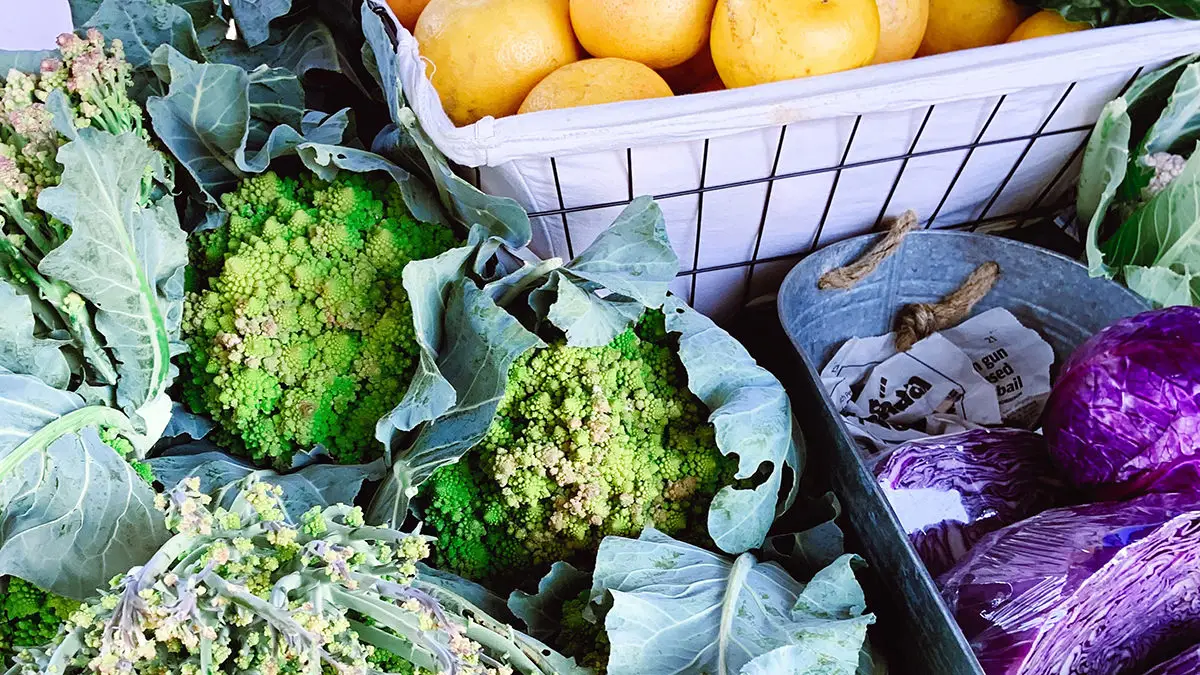The ‘hunger buster’ trifecta – food satisfaction, satiation and satiety.
Why is it that you might have eaten enough food to curb your hunger, but your head is not satisfied?
You may have had a ‘healthy’ meal and resisted a sweet treat after dinner. You may have then had some fruit or yoghurt – but still not feel satisfied. Then you ‘succumb’ to a single square of chocolate and like magic, you can get on with your life. That is satisfaction. Sometimes, it is better to (mindfully and without guilt) eat the square or two of chocolate, enjoy it and move on.
Easier said than done. Let me explain…
For food to be satisfying it needs to meet your sensory needs, as well as fill you up. To do so, you need to be in tune with what you ‘feel like’ and to then really be in the moment when you eat. I wonder whether potato crisps are satisfying because they really ‘wake up’ our senses? The crunch and the salty flavouring really will not be ignored!
A recent article in the weekend paper described some weird and apparently wonderful food pairings, like vanilla with white asparagus and broccoli with dark chocolate. Apparently, the chemical compounds when these foods are combined make them super-scrumptious.
How do I feel full AND satisfied?
Well, sensory satisfaction can be fleeting, so you need to know how to recognise and maintain a sense of pleasant fullness after eating. Have you ever noticed feeling really full after a Chinese meal, then inexplicably hungry an hour later? All that rice fills you up but has a high glycaemic index (GI) so doesn’t keep you full for long. Foods with high ‘satiation’ can be helpful when we feel ‘starving’. For example, having a bowl of soup or some vegetable sticks and hummus can curb your appetite to prevent you from overeating. The sense of satiation comes from the combo of high fluid and fibre.
Now that I am full, how do I STAY feeling satisfied and satiated?
Say you eat two salad sandwiches for lunch and feel starving an hour later, or one salad sandwich with some lean chicken filling and are still not hungry three hours later. The difference here is satiety, this time because the protein in the chicken takes longer to digest than bread and salad, so your body feels fuller longer.
This is actually the whole premise behind higher protein, lower carb diets. The calorie content of carbohydrate and protein is exactly the same (4 calories per gram) but protein requires about ¼ of its calories for digestion whereas carbs are quicker and easier to break down. This means a higher protein, lower carb ‘diet’ can be more filling for equal calorie intake and therefore help curb appetite.
So, the bottom line here is – find foods that tickle all your senses to satisfy, are full of fibre and fluid to fill you up and include a protein source at each meal to you feeling fuller for longer.
To help you to help yourself to better manage the ‘hunger’ buster trifecta, make a booking for a video consultation with one of our gut health dietitians.

